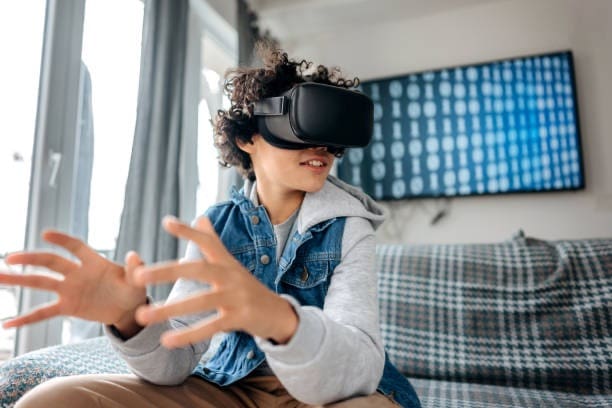
Why Your EdTech Grant Application Should Include Immersive Learning Tools
 In today’s rapidly evolving educational landscape, securing funding through EdTech grants requires more than just a solid proposal—it demands innovation, scalability, and impact. As educators and administrators look for ways to transform teaching and learning, immersive learning tools like virtual reality (VR), augmented reality (AR), and interactive 3D content are becoming essential assets. Including these technologies in your EdTech grant application doesn’t just make your proposal more compelling—it positions your institution at the forefront of educational excellence.
In today’s rapidly evolving educational landscape, securing funding through EdTech grants requires more than just a solid proposal—it demands innovation, scalability, and impact. As educators and administrators look for ways to transform teaching and learning, immersive learning tools like virtual reality (VR), augmented reality (AR), and interactive 3D content are becoming essential assets. Including these technologies in your EdTech grant application doesn’t just make your proposal more compelling—it positions your institution at the forefront of educational excellence.
1. Immersive Learning Aligns with Future-Ready Education Goals
Many grants are awarded based on how well a proposal prepares students for the future workforce. Immersive learning tools support the development of 21st-century skills like critical thinking, collaboration, creativity, and problem-solving. Whether it’s simulating a science experiment, exploring ancient civilizations in VR, or practicing language skills with AI avatars, immersive experiences provide hands-on learning that prepares students for real-world success.
2. Data-Backed Results Appeal to Funders
Grant reviewers are looking for tools that produce measurable outcomes. Studies show that students retain significantly more information from immersive environments compared to traditional methods. For instance, VR learning can increase retention rates by up to 75%, compared to 10% with reading or lectures alone. Highlighting this kind of data in your proposal strengthens your case for funding by tying technology directly to improved academic performance.
3. Immersive Tech Expands Equity and Access
One of the biggest benefits of immersive learning is that it can level the playing field for students. Through VR and AR, students in rural or underserved areas can take virtual field trips to places they may never visit otherwise—NASA space stations, art museums in Paris, or the Great Wall of China. Including this in your grant application demonstrates a commitment to equity, inclusion, and expanding access to high-quality learning experiences.
4. It Shows Your Institution Is Innovative and Scalable
 Funders want to invest in forward-thinking programs that can scale. Immersive tools are highly adaptable—they can be integrated into STEM classes, history lessons, career and technical education, special education, and more. Mentioning how your institution will pilot, scale, and sustain immersive learning tools in different grade levels or subject areas shows long-term vision and impact.
Funders want to invest in forward-thinking programs that can scale. Immersive tools are highly adaptable—they can be integrated into STEM classes, history lessons, career and technical education, special education, and more. Mentioning how your institution will pilot, scale, and sustain immersive learning tools in different grade levels or subject areas shows long-term vision and impact.
5. It Enhances Teacher Engagement and Professional Development
Many immersive platforms come with built-in training or are intuitive enough for teachers to use effectively with minimal ramp-up time. By including plans for professional development, your grant proposal shows how educators will be empowered to bring these tools to life in the classroom. This creates a multiplier effect where both students and teachers benefit from the investment.
Final Thoughts
Including immersive learning tools in your EdTech grant application isn’t just a smart move—it’s a strategic one. It demonstrates that your school or district is committed to innovation, student engagement, and academic growth. Whether you’re applying for federal funding, state-level support, or private grants, immersive learning can be the difference-maker that helps your proposal stand out in a competitive field.






